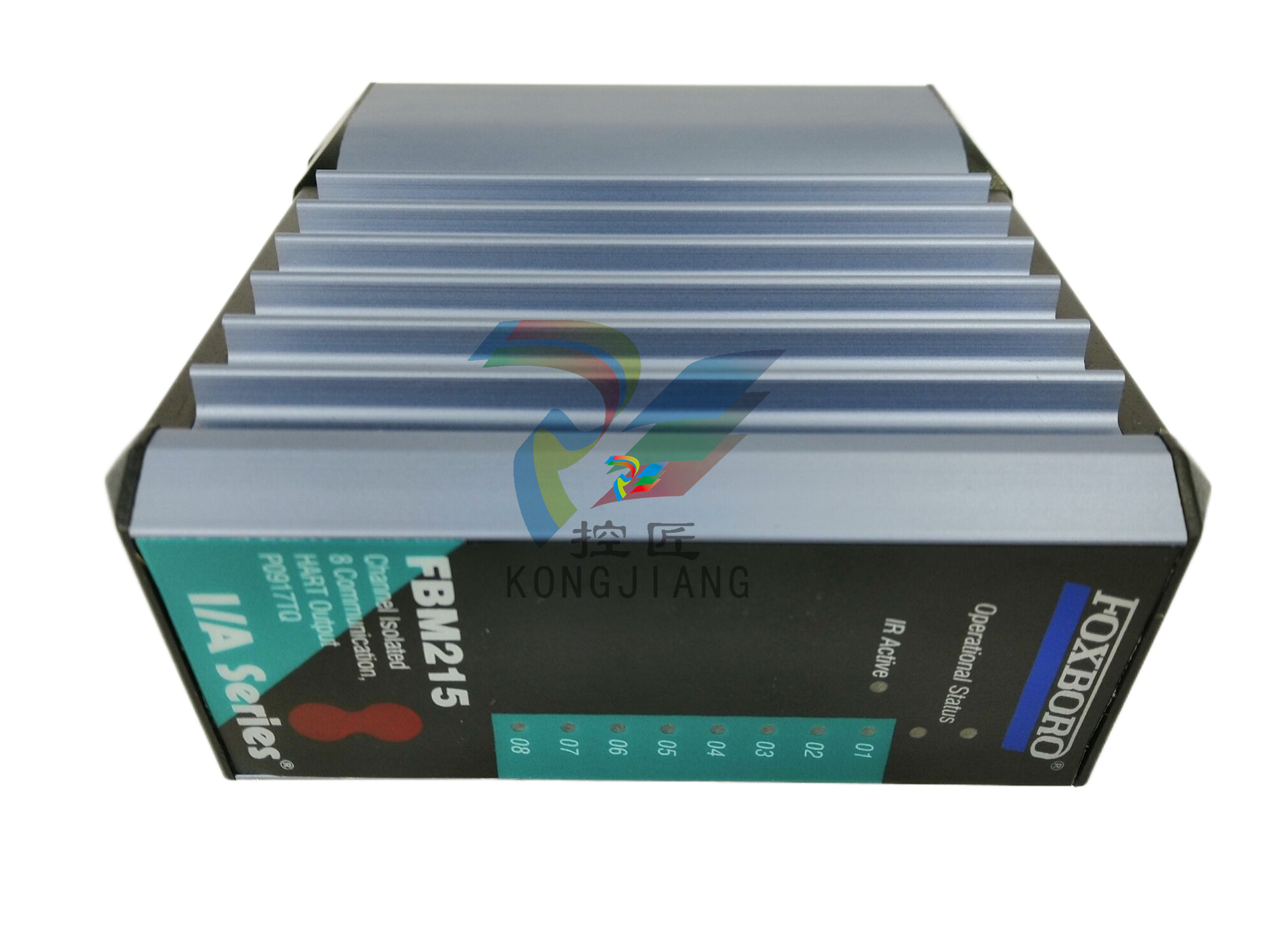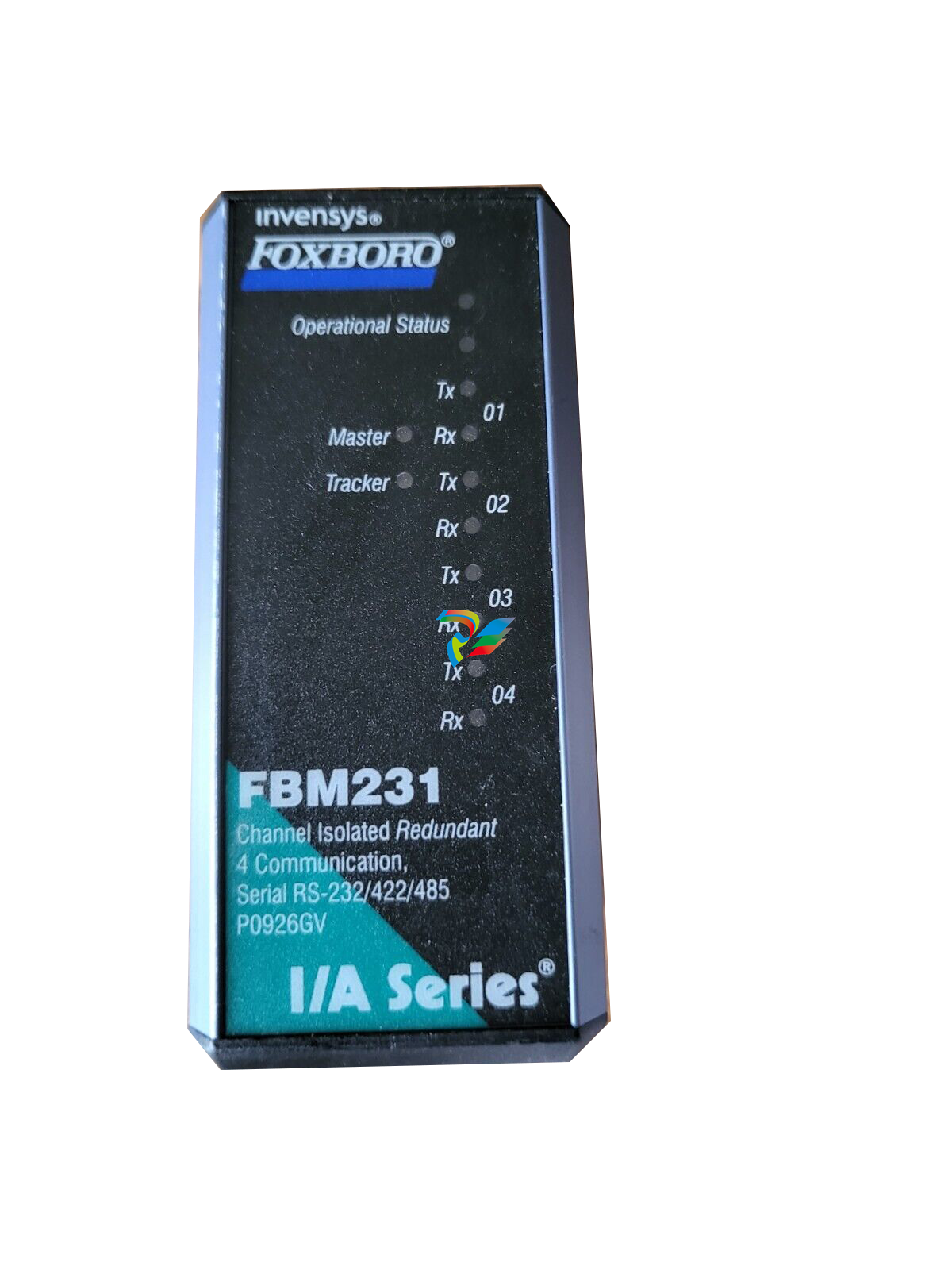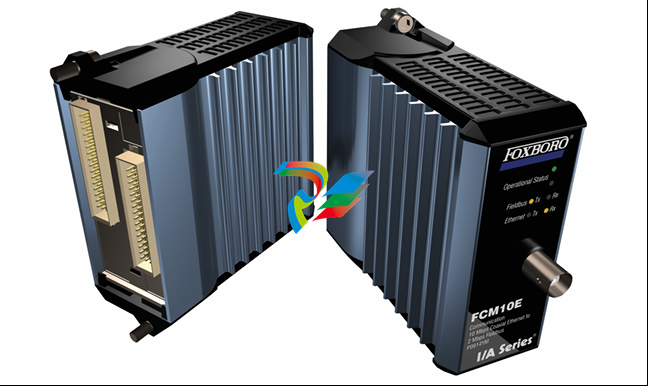
DCS; Industrial control system
Product
Article
NameDescriptionContent
NEW CENTER
Current Location:
Frequency Converters: Powering Industries and Beyond
From:
|
Author:huang
|
Time :2024-11-07
|
263 Browse:
|
Share:
Introduce the concept of frequency converters and their basic function in transforming electrical power.
(一)Definition and Principle
A frequency converter, also known as a frequency changer or inverter, is an electrical device that changes the frequency of alternating current (AC). It mainly consists of rectifier (AC to DC converter), filter, re-rectification (DC to AC converter), brake unit, drive unit, detection unit, micro processing unit and so on. The working principle is based on power semiconductor devices and controllers. The rectifier converts the incoming AC power to direct current (DC). The filter smooths the DC output. Then, the re-rectification stage converts the DC back to AC at a different frequency. This allows for precise control of the motor speed. For example, in an induction motor, the speed is proportional to the frequency. By changing the frequency supplied to the motor, the speed can be adjusted.
(二)Classification and Structure
Frequency converters can be classified in several ways. By power type, they can be divided into voltage source inverters and current source inverters. Voltage source inverters have a relatively constant voltage output, while current source inverters have a relatively constant current output. According to output waveform, they can be classified as sine wave inverters and square wave inverters. Sine wave inverters produce a smoother output waveform, which is more suitable for sensitive electrical equipment. Square wave inverters are simpler and less expensive, but the output waveform may cause some interference.
The structure of a frequency converter typically includes an input section for connecting to the power source, a power conversion section with the semiconductor devices and controllers, and an output section for connecting to the motor. Some frequency converters also have additional features such as braking units to control the deceleration of the motor and protection circuits to prevent damage from overvoltage or overcurrent.
二、Applications in Various Fields
(一)In Industrial Automation
In industrial settings, frequency converters play a vital role. They are essential for power regulation, enabling precise control over the speed and torque of motors. This is crucial in applications such as conveyor belts, where the speed needs to be adjusted based on the production flow. By using frequency converters, energy optimization can be achieved as they can match the motor's output to the actual load requirements. This not only reduces energy consumption but also extends the lifespan of the equipment. Additionally, frequency converters contribute to intelligent control in industrial automation. They can be integrated with control systems to monitor and adjust motor operations in real-time, improving overall efficiency and productivity. According to industrial statistics, the use of frequency converters in industrial automation can lead to energy savings of up to 30%.
(二)In Shipbuilding Industry
In the shipbuilding industry, frequency converters have several important roles. They are crucial for meeting the complex environmental needs of ships. Ships operate in harsh conditions, and frequency converters help ensure the stability and reliability of electrical systems. They also promote energy efficiency. By controlling the speed of motors used in various shipboard applications such as pumps and ventilation systems, frequency converters can reduce energy consumption. This is particularly important as fuel costs are a significant expense for ships. Moreover, frequency converters enable digital applications on ships. They can be integrated with ship management systems to provide real-time monitoring and control of electrical equipment. For example, they can detect faults and initiate corrective actions before major problems occur. The shipbuilding industry is rapidly expanding, and frequency converters are playing an increasingly important role in ensuring the performance and efficiency of modern ships.
(三)In Hydropower Facilities
In hydropower facilities, frequency converters have found a new application in variable speed pumped-storage hydroelectric units. These units are important for energy storage and grid stability. Frequency converters allow for precise control of the speed of the reversible pump-turbine, enabling more efficient operation. They can adjust the speed based on the power demand and water flow conditions, maximizing energy generation and storage. This technology also extends the operating range of the turbines and improves their efficiency. For example, in some pumped-storage plants, the use of frequency converters has led to a significant increase in energy output and a reduction in operating costs. Additionally, frequency converters in hydropower facilities contribute to the integration of renewable energy sources into the grid by providing flexible power control.
三、Advantages of Frequency Converters
(一)Energy Saving
Frequency converters play a crucial role in reducing energy consumption and costs across various applications. In industrial settings, they can adjust the motor speed according to the actual load requirements. For instance, when the production demand is low, the frequency converter can slow down the motor, significantly reducing energy usage. According to research, using frequency converters in industrial automation can lead to energy savings of up to 30%. In the shipbuilding industry, by controlling the speed of motors used in pumps and ventilation systems, frequency converters can lower fuel consumption. In hydropower facilities, they enable more efficient operation of reversible pump-turbines, maximizing energy generation and storage while reducing operating costs.













































.jpg)
.jpg)
.jpg)





.jpg)



.png)
.jpg)

.jpg)
_lVjBYb.jpg)

.jpg)
.jpg)



.jpg)
.jpg)







.jpg)

.jpg)
.jpg)











.jpg)




.jpg)
.jpg)
.jpg)
.jpg)
.jpg)
.jpg)
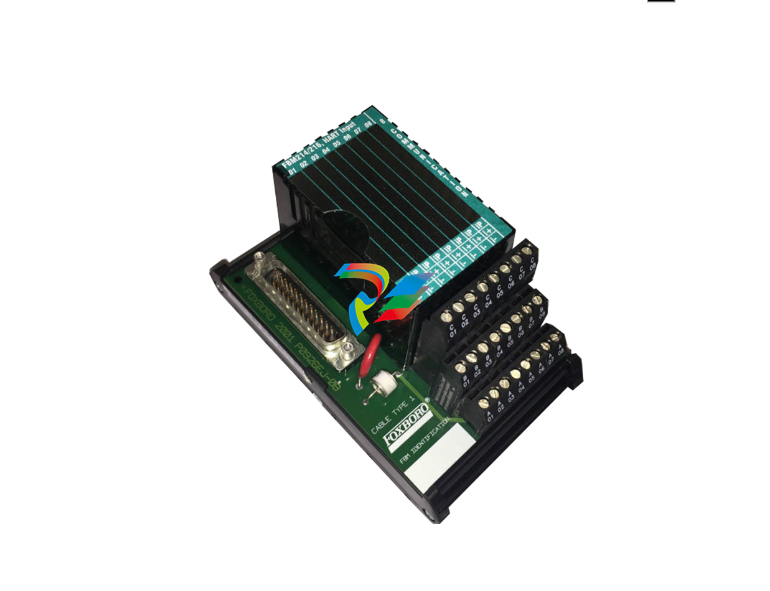
.jpg)
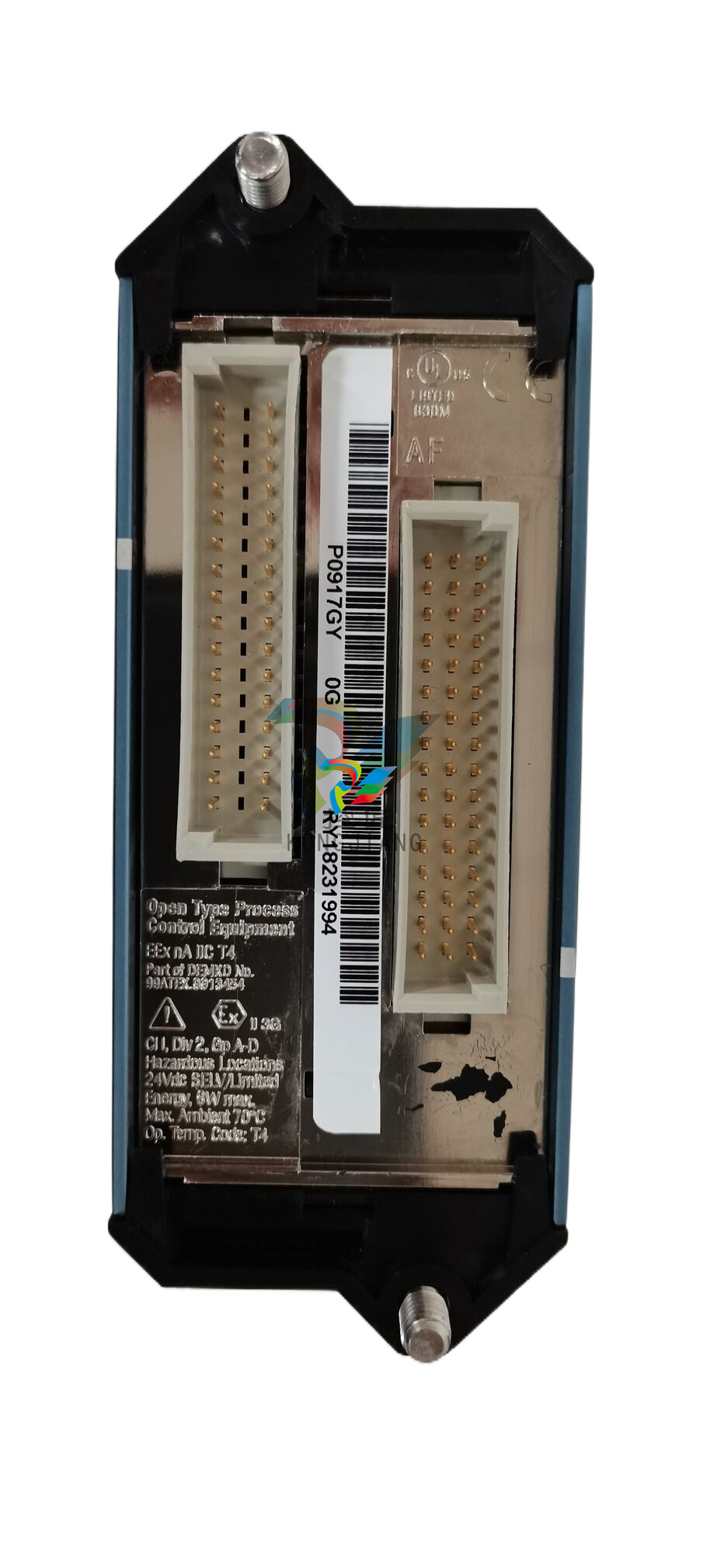
.jpg)
.jpg)
.jpg)
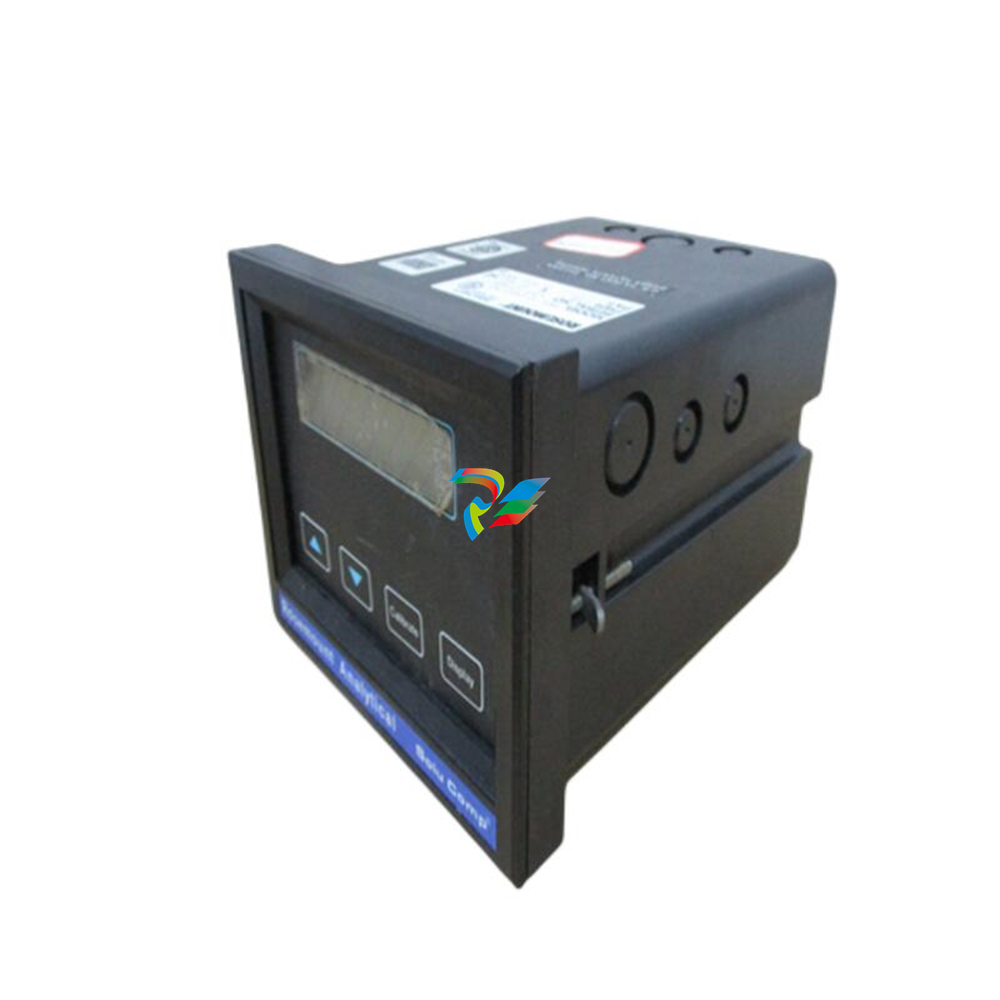
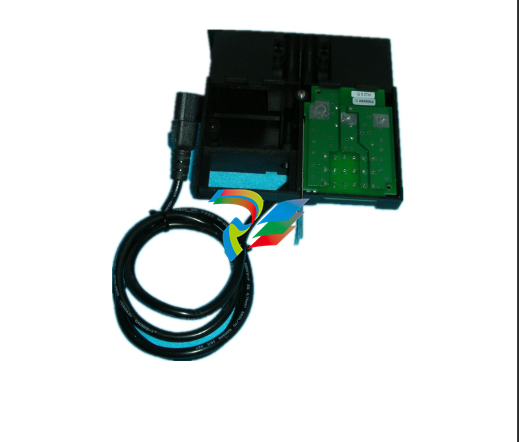
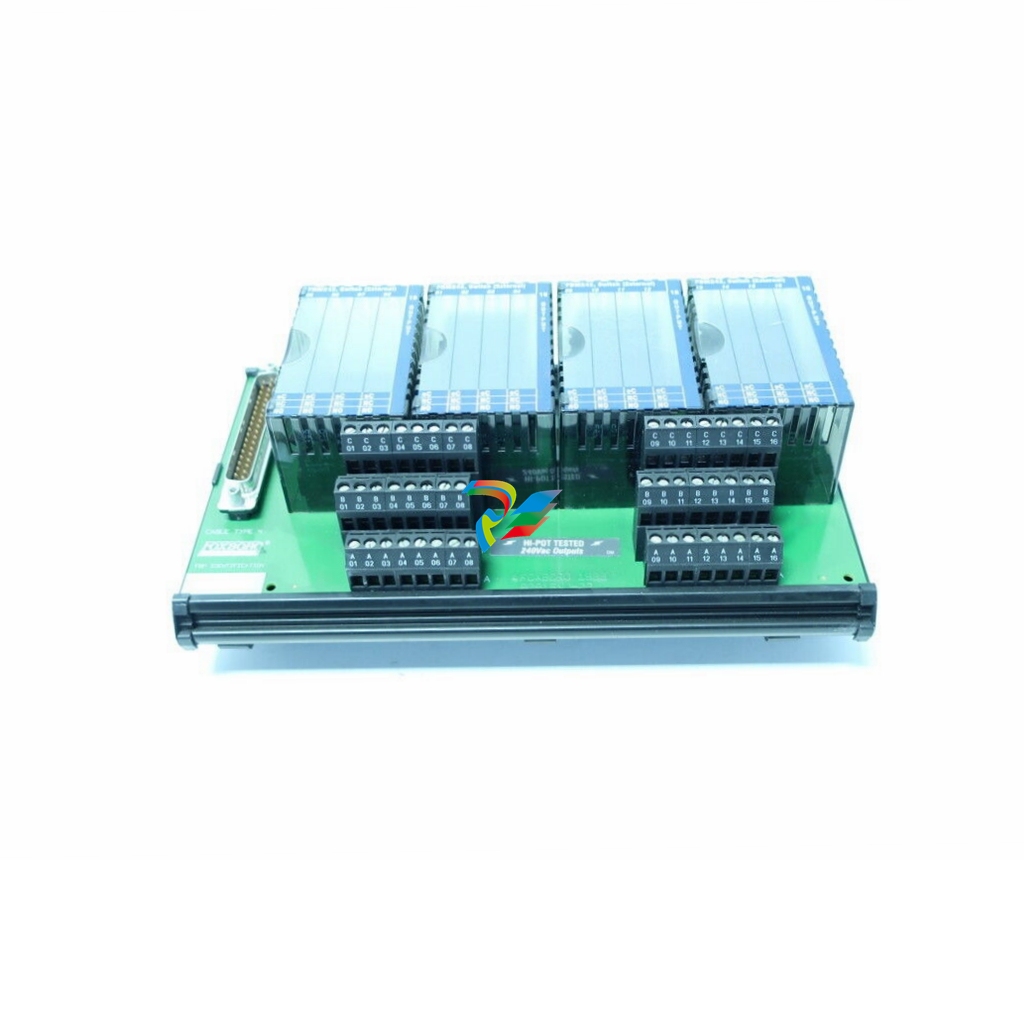
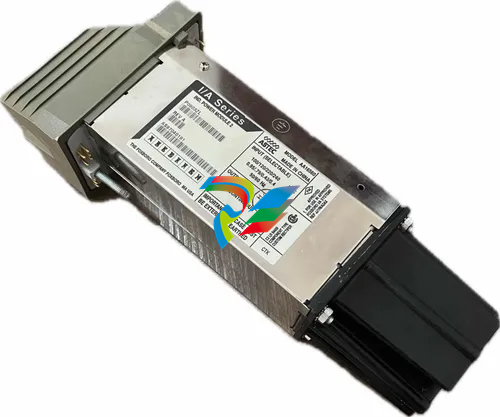
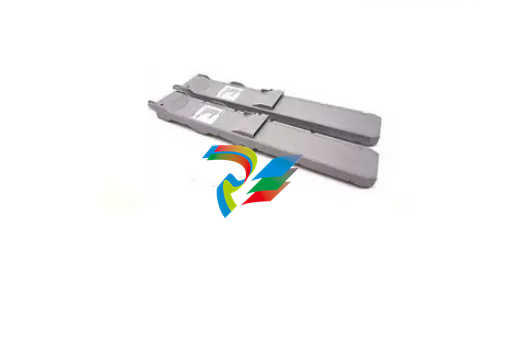
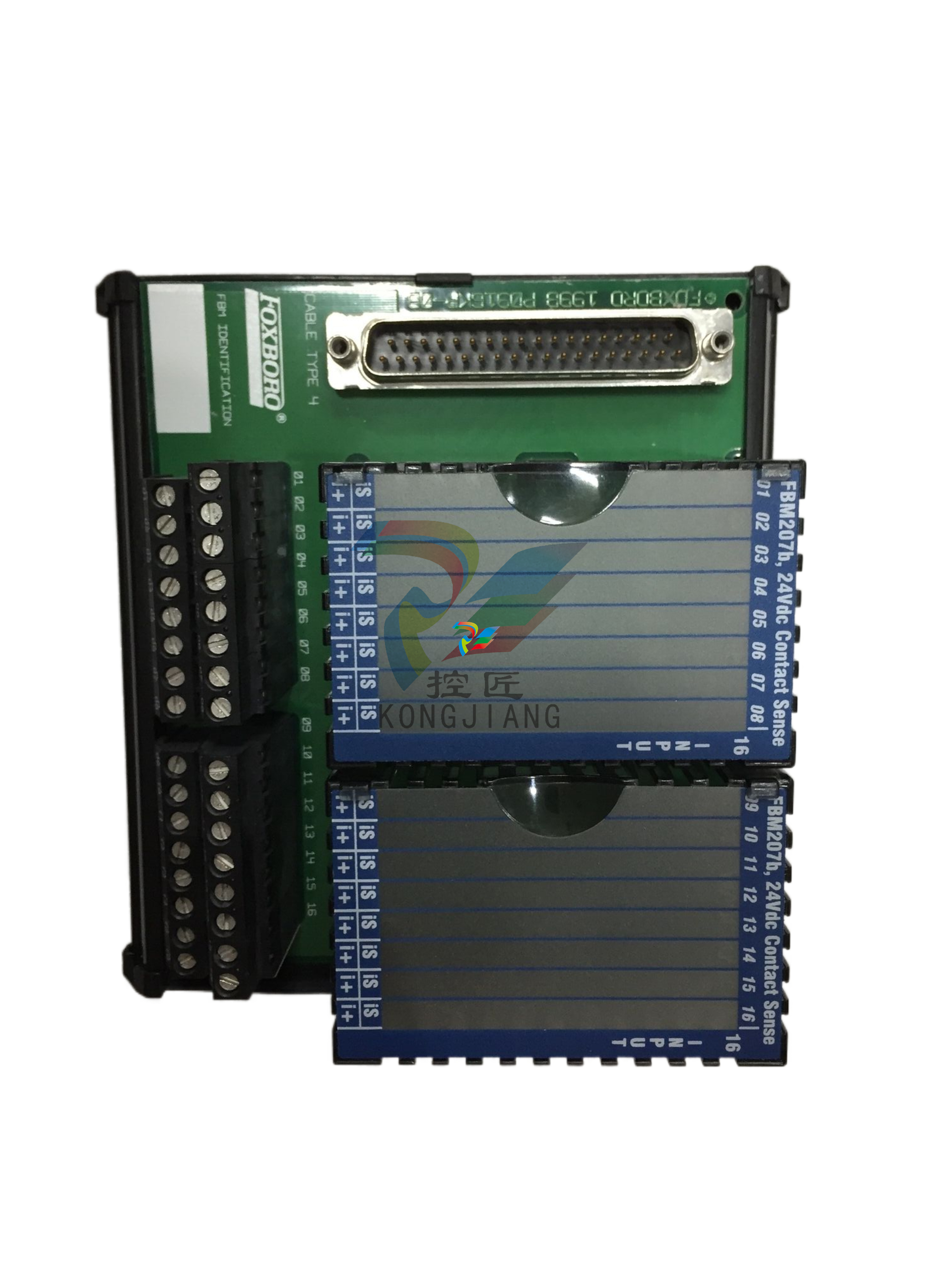
.jpg)
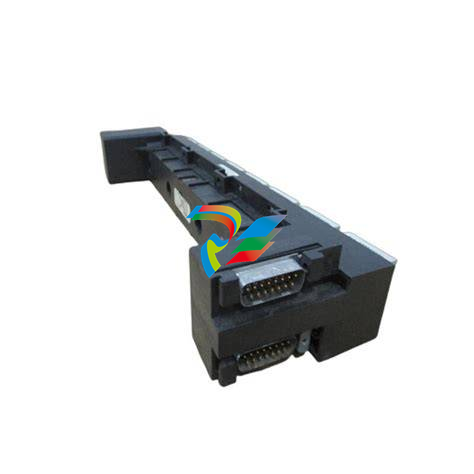
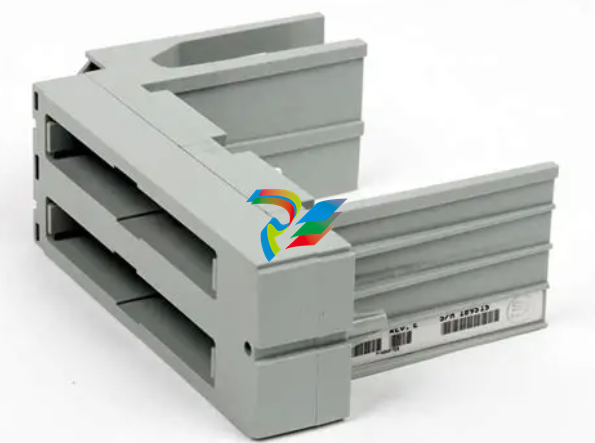
.jpg)
